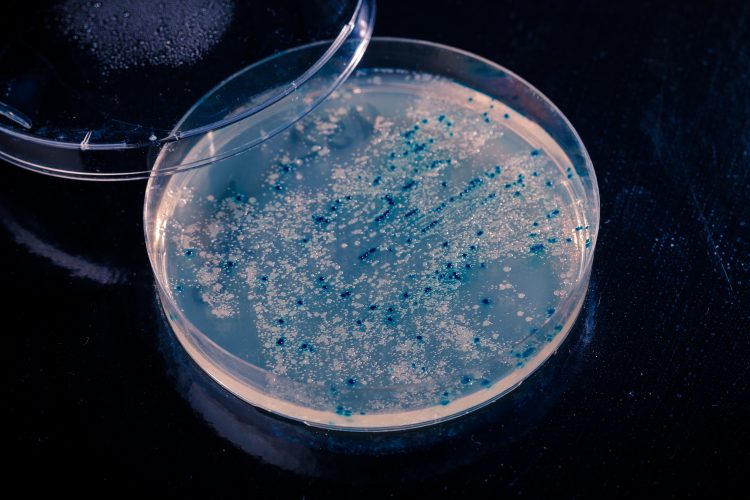CRISPR discovery could be used to combat multi-drug resistant bacteria
Posted: 25 March 2020 | Victoria Rees (Drug Target Review) | No comments yet
A study has shown that plasmids use type IV CRISPR-Cas against competing plasmids, leading the researchers to suggest the method as a novel way to tackle multi-drug resistant bacteria.


New research has uncovered a previously unknown way that primitive bacterial parasites utilise CRISPR.
From the University of Copenhagen, Denmark, the scientists studied the least described of the six CRISPR-Cas systems found in nature – type IV CRISPR-Cas.
…it is plausible that we could repurpose it to fight plasmids carrying antibiotic resistant genes”
“Until recently, CRISPR-Cas was believed to be a defence system used by bacteria to protect themselves against invading parasites such as viruses, much like our very own immune systems protects us. However, it appears that CRISPR is a tool that can be used for different purposes by diverse biological entities,” explained lead researcher Dr Rafael Pinilla-Redondo at the university’s Department of Biology.
One of the biological entities the researchers investigated were plasmids – small DNA molecules that often behave like parasites and viruses, require a host bacterium to survive.
“Here we found evidence that certain plasmids use type IV CRISPR-Cas systems to fight other plasmids competing over the same bacterial host. This is remarkable because, in doing so, plasmids have managed to turn the system around. Instead of protecting bacteria from their parasites, CRISPR is exploited to perform another task,” said Pinilla-Redondo. “This is similar to how some birds compete for the best nesting site in a tree or how hermit crabs fight for ownership of a shell.”
The researchers speculate that these systems could be used to combat multi-drug resistant bacteria, which causes hundreds of thousands of deaths a year.
Bacteria become resistant to antibiotics by acquiring genes that make them resistant to antibiotic treatment. Very frequently, this occurs when plasmids transport antibiotic resistant genes from one bacterium to another.
“As this system appears to have evolved to specifically attack plasmids, it is plausible that we could repurpose it to fight plasmids carrying antibiotic resistant genes. This could be achieved because it is possible to programme CRISPR to target what one wants,” concluded Pinilla-Redondo.
The findings were published in Nucleic Acids Research.
Related topics
Antibiotics, CRISPR, Genome Editing, Genomics, Microbiology, Research & Development, Targets
Related organisations
Copenhagen University
Related people
Dr Rafael Pinilla-Redondo








